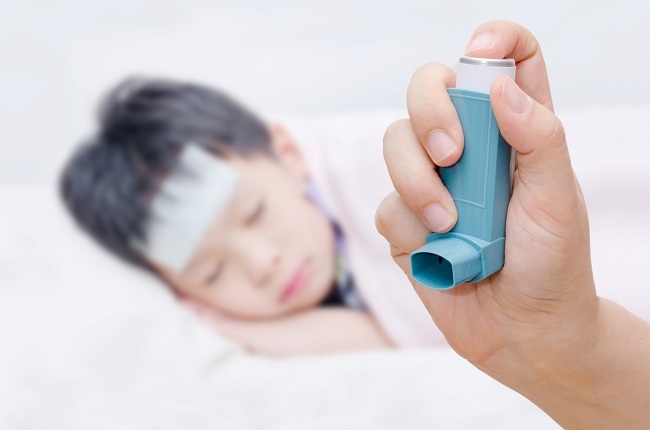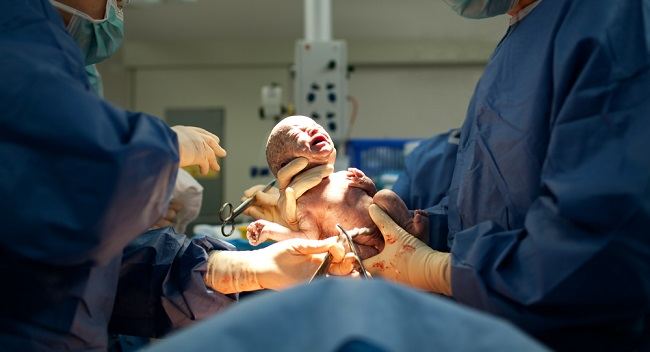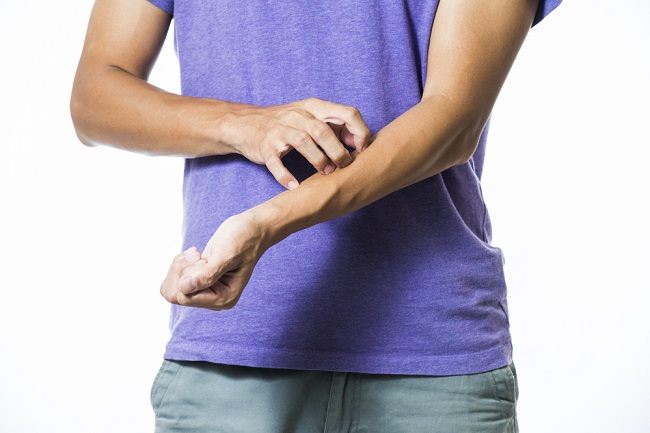crush injury is an injury that occurs when a body part is squeezed under strong pressure from a heavy object. crush injury can cause bruises, lacerations, fractures, joint dislocations, nerve injuries, crushed or cut certain body parts, to organ bleeding. crush injury It can also result in permanent paralysis, even death. Medical treatment needs to be done immediately to prevent further damage to other organs.

Causes of Crush Injury
crush injury can be caused by several factors, namely:
- Accidents of motor vehicles or other types of transportation, such as trains and planes.
- Natural disasters, such as earthquakes, tsunamis, hurricanes, or landslides.
- Work accidents, especially workers in the mining, construction, and agriculture industries who do not use personal protective equipment while working.
- War (blast or gunshot wounds).
- Dropping a heavy object on to your feet or pinching your fingers against a door or window.
Symptoms of Crush Injury
Injuries that cause damage to certain muscles, bones, and organs can cause symptoms such as:
- Great pain
- Numbness in the injured body part
- An open wound that causes damage to the surface of the skin and heavy bleeding
- Changes in body shape due to fractures, until the bones sticking out through the skin surface
- Decreased body temperature (hypothermia)
- Pale skin, and blue lips and fingers
- Loss of consciousness.
- Decreased blood pressure.
- Shortness of breath and weak pulse.
Crush Injury First Aid
There are several first aid steps that can be taken if you find a victim crush injury before receiving treatment at the hospital, namely:
- Check the victim's level of consciousness, whether the victim can still respond to questions or open his eyes.
- Check heart rate and respiratory conditions. Make sure the airway is open, which is indicated by the victim being able to speak, cry, or whimper. The victim is considered to be able to breathe normally if air is detected moving in and out, namely by looking at the chest or abdomen that moves up and down normally.
- Make efforts to calm the victim. This action is done so that the victim feels safe and does not panic.
- If the victim is bleeding, make efforts to stop the bleeding. Check and detect the source of bleeding, then apply firm pressure to the wound area.
- Check the condition of the skin around the injured area for pale or bluish discoloration of the skin due to internal bleeding.
- If bleeding persists and is life threatening, use a bandage and bandage to cover the source of bleeding.
- If any part of the victim's body is cut, take steps to stop the bleeding, then clean and store the severed body part in plastic, tightly closed, and place in a container filled with ice.
- If the victim is suspected of having a dislocated or fractured bone, try not to move the victim too much or make a splint so that the broken body part does not move.
- Make sure the victim is in a comfortable position and provide blankets to keep the victim warm.
- Monitor respiratory conditions and level of consciousness, and accompany the victim until medical help arrives.
Crush Injury Advanced Treatment
Follow-up treatment is carried out by doctors based on the type of injury suffered by the victim. These severe injuries usually need to be treated by an orthopedic doctor or an orthopedic surgeon who specializes in traumatology and reconstruction.
A physical examination will be performed to determine the severity of the wound. Imaging tests are also done to see the condition of the injury to the tissues and internal organs. The types of imaging tests used are:
- X-ray Photo, to detect cracks or fractures in bones.
- CT scan, to examine the condition of the injury from various angles in more detail.
- MRI, to examine and detect the impact of the injury on the internal organs.
After knowing the severity of the patient's injury, the doctor will determine the actions that need to be given, including:
- Drug therapy. Several types of medicine will be given by the doctor as the first step in handling the injury. Most drugs will be given by injection or infusion, including:
- pain relievers (analgesics), such as ketamine, to relieve pain due to injury felt by the patient.
- sedatives or sedatives, such as benzodiazepines, to relieve anxiety and muscle tension in patients.
- Antibiotics, to prevent bacterial infection, especially in open wounds.
- Operation.Surgery is performed to control bleeding and treat injuries to internal organs. The type of surgery to be performed depends on the site of the injury and bleeding, namely:
- craniotomy, to treat bleeding and disorders of the brain. This procedure is done by making and removing a portion of the skull bone, so the doctor can perform surgery on the brain.
- Laparotomy, which is a surgical procedure by making an incision in the abdominal wall, so the doctor can examine the condition of the organs in the abdomen and detect bleeding.
- thoracotomy, to stop bleeding and relieve pressure in the area of the heart and lungs. The thoracotomy procedure is performed by making an incision along the ribs.
- Fasciotomy, is a surgical procedure performed by cutting the lining of the organfascia), to relieve tension or pressure on muscles and nerves that can result in impaired blood circulation to the area. Fasciotomy performed to save organs from damage caused by compartment syndrome.
- amputation, the cutting of certain body parts to prevent further damage or complications that can be life threatening. Amputation is performed for the following conditions:
- Body tissue rots or dies and is at risk of causing infection in other parts of the body.
- Serious injury, such as an explosion wound or animal bite.
- The infection is severe and does not improve, especially if the victim has diabetes.
- Repeat operation. For severe cases of injury, surgery needs to be done repeatedly and gradually, to repair the organs, muscles, and nerves as a whole.
Complications of Crush Injury
There are several complications that may occur if: crush injury not immediately addressed, namely:
- Crush syndrome or Bywaters syndrome, is a medical condition characterized by shock and kidney failure due to serious injury to the skeletal muscles. Great pressure due to crush injury causes muscle swelling in the injured body part and results in damage to surrounding tissues, organ dysfunction, and metabolic disorders.
- compartment syndrome, occurs when the muscle tissue and its surroundings do not get blood supply for a long time due to increased pressure in the muscle. Compartment syndrome causes nerve damage and muscle death. Compartment syndrome is characterized by intense pain accompanied by tingling, then paralysis. A visual sign of compartment syndrome is swelling of the skin.









